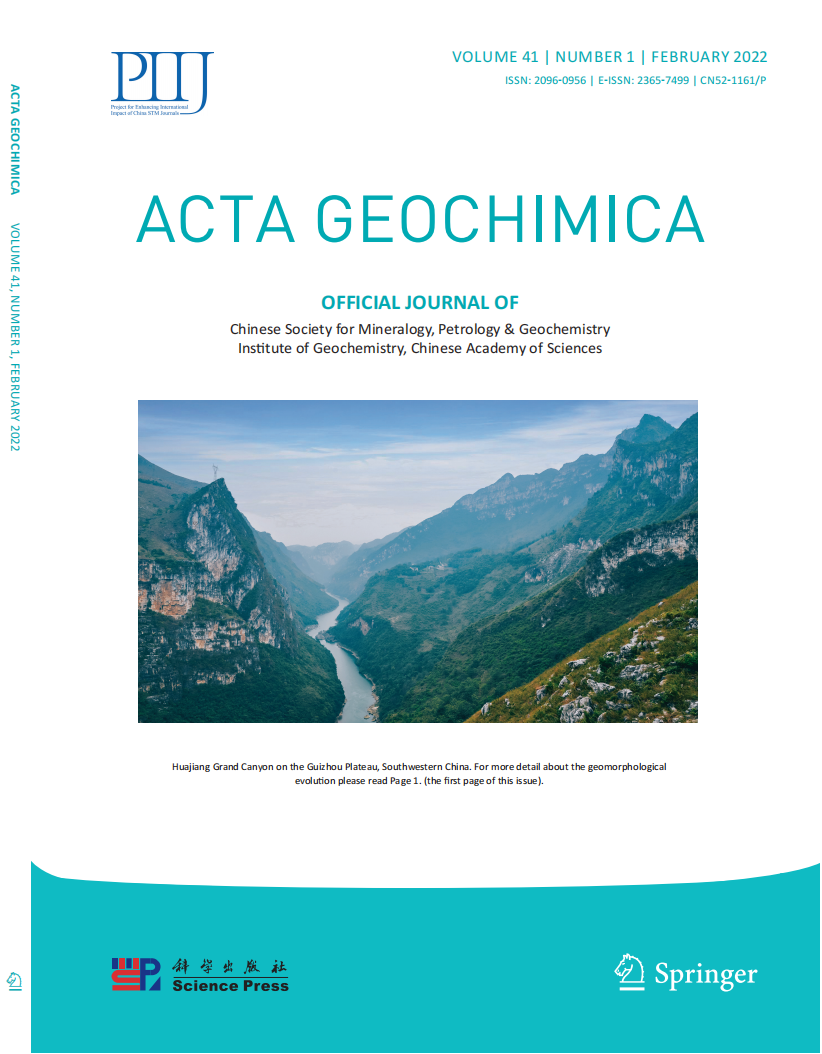- 钛学术文献服务平台 \
- 学术期刊 \
- 基础科学期刊 \
- 化学期刊 \
- 地球化学学报(英文)期刊 \
A review of geoanalytical databases
A review of geoanalytical databases
原文服务方:
地球化学学报(英文)
摘要:
Geoanalytical data provide fundamental information according to which the Earth's resources can be known and exploited to support human life and development. Large amounts of manpower and material and financial resources have been invested to acquire a wealth of geoanalytical data over the past 40 years. However, these data are usually managed by individual researchers and are preserved in an ad hoc manner without metadata that provide the necessary context for interpretation and data integration requirements. In this scenario, fewer data, except for published data, can be reutilized by geological researchers. Many geoanalytical databases have been constructed to collect existing data and to facilitate their use. These databases are useful tools for preserving, managing, and sharing data for geological research, and provide various data repositories to support geological studies. Since these databases are dispersed and diverse, it is difficult for researchers to make full use of them. This contribution provides an introduction on available geoanalytical databases. The database content can be made accessible to researchers, the ways in which this can be done, and the functionalities that can be used are illustrated in detail. Moreover, constraints that have limited the reutilization of geoanalytical data and creation of more advanced geoanalytical databases are discussed.

推荐文章
Diffusion in garnet: a review
High temperature and high pressure
Diffusion
Garnet
Point defects
SmartPlant Review三维漫游软件在工程设计中的应用
SmartPlant Review
漫游
开发
应用
Limestone mechanical deformation behavior and failure mechanisms: a review
Mechanical deformation
Brittle fracture
Ductility failure
Strength criterion
Zircon saturation model in silicate melts: a review and update
Zircon
Zircon saturation
Model
Silicate melt
Mafic to silicic melts
Peraluminous to peralkaline compositions
Igneous rocks
Thermometer
内容分析
关键词云
关键词热度
相关文献总数
(/次)
(/年)
文献信息
| 篇名 | A review of geoanalytical databases | ||
| 来源期刊 | 地球化学学报(英文) | 学科 | |
| 关键词 | Database Geochemistry Geology Geoanalysis Information system | ||
| 年,卷(期) | 2019,(5) | 所属期刊栏目 | |
| 研究方向 | 页码范围 | 718-733 | |
| 页数 | 15页 | 分类号 | |
| 字数 | 语种 | 英文 | |
| DOI | 10.1007/s11631-019-00323-3 | ||
五维指标
版权信息
全文
- 全文.pdf
引文网络
引文网络
二级参考文献 (0)
共引文献 (0)
参考文献 (0)
节点文献
引证文献 (0)
同被引文献 (0)
二级引证文献 (0)
2022(0)
- 参考文献(0)
- 二级参考文献(0)
- 引证文献(0)
- 二级引证文献(0)
研究主题发展历程
节点文献
Database
Geochemistry
Geology
Geoanalysis
Information system
研究起点
研究来源
研究分支
研究去脉
引文网络交叉学科
相关学者/机构
期刊影响力
地球化学学报(英文)
主办单位:
中国科学院地球化学研究所
出版周期:
双月刊
ISSN:
2096-0956
CN:
52-1161/P
开本:
大16开
出版地:
贵州省贵阳市观水路46号地球化学研究所
邮发代号:
创刊时间:
1982-01-03
语种:
英文
出版文献量(篇)
294
总下载数(次)
0
期刊文献
相关文献
推荐文献

 免费查重
免费查重










